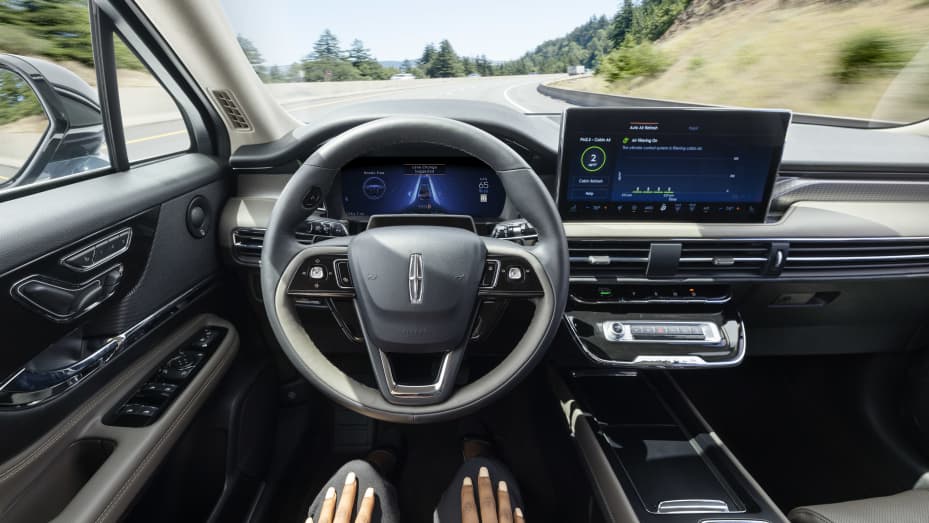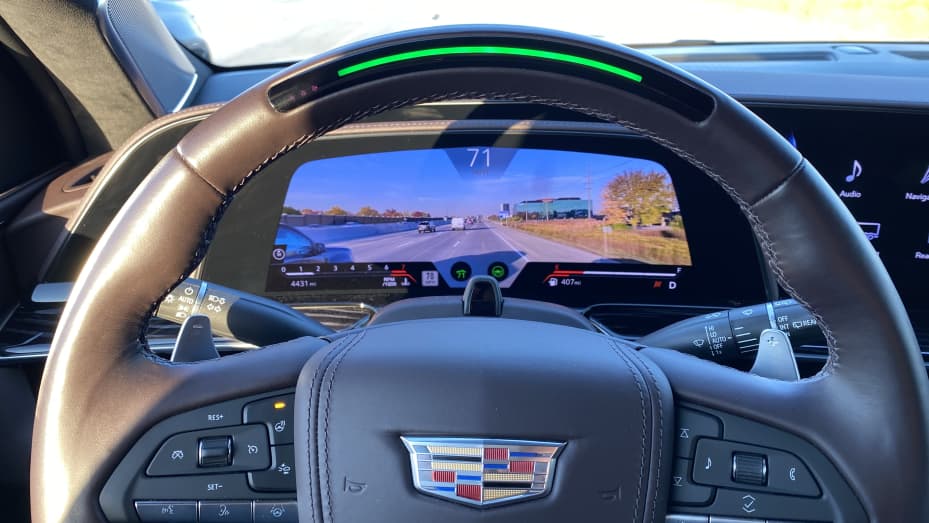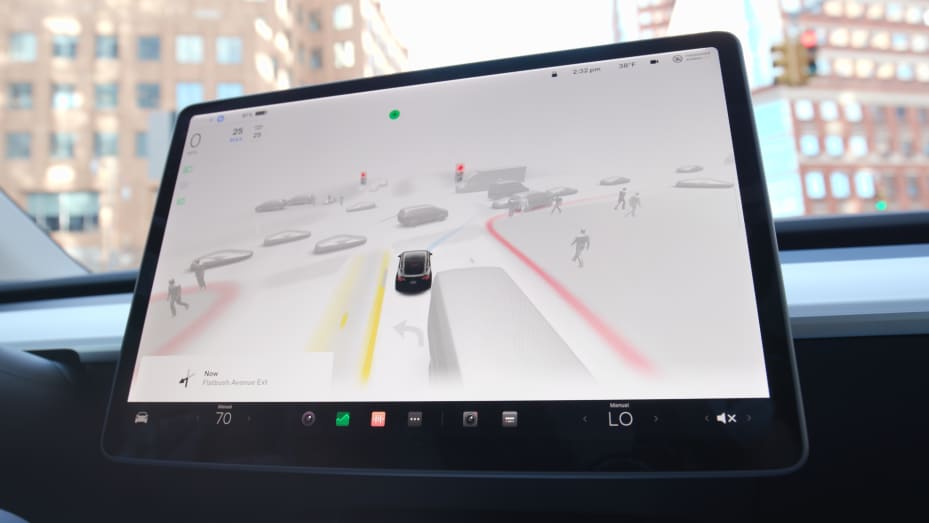Massimo Franco per il “Corriere della Sera”
«Che succederà all'Italia nel 2023? Secondo me quasi niente. Siamo un Paese mediocre con un governo mediocre, anche se mi pare che Giorgia Meloni stia studiando per imparare i meccanismi del sistema. Sa, la mediocrità non è soltanto un male...». Giuseppe De Rita rimane un entomologo sociale spiazzante. Dalla sua scrivania nella villetta del Censis circondata da un giardino arrampicato sopra piazza di Novella, accanto al parco romano di Villa Ada, viviseziona il Paese. E anche dopo mezzo secolo continua a darne una lettura originale.
Se non succede niente significa per paradosso che la situazione si è in qualche modo stabilizzata.
«Possiamo anche dirla così. Sa, l'assestamento nasce anche per l'assenza di grandi guastatori. In giro non ne vedo. Al massimo c'è Giuseppe Conte, che cerca di contrastare l'assestamento del sistema. Ma la sua mira sembra mediocre: superare un Pd in declino. Meloni può stare tranquilla».
Beh, forse perché il Pd dà l'idea di essere al capolinea e tutti pensano di poterselo spartire.
«Temo che sia una storia finita, purtroppo. Penso a Enrico Letta, un politico che stimo. Porca miseria, sembra che stia facendo una corsa verso il patibolo, con una sorta di masochismo per eccesso di coerenza. Ma questa è la parte di analisi della politica che magari mi fa eccedere in pessimismo, lo ammetto».
Il versante ottimistico qual è?
«Tutti noi che parliamo di società italiana, dimentichiamo che l'Italia è come un bambino tra gli otto e gli undici anni. Vive nella fase che Sigmund Freud chiamava stato di latenza. Ha ossa, carne, cervello, ma non è ancora formato dall'adolescenza, né sfidato dal futuro. E dunque è come sospeso».
Ha l'aria di un eufemismo per non dire che galleggiamo e basta.

GIUSEPPE DE RITA
«In effetti, il galleggiamento dura da un po' troppo tempo. Non andiamo né avanti né indietro, spieghiamo nel Rapporto del Censis di quest' anno. Non usciamo dallo stato di latenza per due motivi: non abbiamo un obiettivo preciso per il futuro, perché il Piano di ripresa non coinvolge. È stato vissuto solo come: arrivano tanti soldi. E poi perché non sono arrivate le grandi crisi che nel passato ci hanno fatto avanzare: il dopoguerra, il terrorismo e la crisi petrolifera negli Anni Settanta, il made in Italy e il craxismo degli Anni Ottanta del secolo scorso».
Non trascura la pandemia del Covid e la guerra della Russia contro l'Ucraina?
«Non le trascuro. Ricorda? Ci dicevano che "dopo" saremmo cambiati, e invece siamo rimasti gli stessi. Nonostante i morti, l'inflazione, quelle tragedie non sono state percepite come crisi trasformative. Socialmente non siamo in terapia intensiva. È come se fossero soprattutto problemi che riguardano gli altri. Anche sulla guerra non abbiamo un'idea collettiva».
Sta dicendo che tutto contribuisce a una mediocre sopravvivenza?
«Voglio dire che gli italiani non le hanno percepite come sfide da affrontare collettivamente: al massimo hanno avuto paura per sé stessi, per esempio con la pandemia. Ma senza uno choc, dalla latenza l'Italia non esce. Le grandi stagioni sono nate da choc, dal dispiegamento di energie come risposta alla crisi».
Per molti, il governo di destra che ha vinto il 25 settembre è uno choc.
«Per ora no. Dire che dietro questo governo ci sia ancora Draghi non è così stravagante. Non nel senso che lo guidi o lo influenzi nell'ombra ma che esiste un'inerzia dei processi economici e politici, indotti anche dall'adesione all'Europa, ai quali Giorgia Meloni non può sottrarsi. Il sistema risucchia e appiattisce tutti. Ricordiamoci la crisi del 2011, lo spread a 500, Mario Monti. Lui e Mario Draghi non sono certo dei mediocri, eppure sono stati costretti a scendere a patti con la mediocrità del sistema».
Niente aurea mediocritas, insomma.
«Mediocrità e basta. Ma io ci credo, alle virtù della mediocrità: se non altro perché ha fatto crescere il Paese nel passato. Il boom degli Anni Sessanta del '900 è stato promosso dallo strato medio dei mediocri Brambilla e dalla quasi banalità della Fiera di Milano. Mediocri ma funzionavano».
Sì, ma ora sembra una mediocrità non da boom ma da declino.
«Purtroppo ci siamo consumati la classe dirigente. E la classe media non è mai diventata borghesia: non ce l'abbiamo fatta. Pasolini lo diceva sempre a me e a Paolo Sylos Labini: l'italiano non sarà mai borghese, rimane un piccolo borghese. Anche nel governo, nel Parlamento, dominano i piccoli borghesi. Ci vorranno cinquant' anni per esprimere un'identità neoborghese e avere una fascia sociale di borghesia medioalta».
Lei descrive una sorta di scissione tra cultura, società e politica.
«Questa scissione è reale. Manca la capacità di creare identità e punti di riferimento. La politica si fa con i soggetti collettivi, con élites capaci di visione e di sintesi. Con i leader individuali si ottengono vittorie di opinione, intrinsecamente volubili. Esaltare l'opinione è stata la tragedia dell'Italia.
Ha prodotto la cultura della rissa, dell'uno vale uno, dello scontro senza sintesi. Le stesse trasmissioni televisive si costruiscono su format che puntano sul contrasto di opinione: vedi i talk show. Ha creato un mondo di opinione, non di pensiero né di vero dialogo. E il primato delle opinioni ha prodotto prima Berlusconi, poi Salvini, Renzi, i grillini e ora Meloni, anche se lei mi sembra meno volatile e più abile».
Ma quali ambizioni realistiche può coltivare il governo attuale, sullo sfondo che lei descrive?
«Durare due anni, e in questi due anni usare la mediocrità italiana e tirarne fuori qualcosa di buono. Questo è un Paese-betoniera, da governare costruendosi un apparato, una classe dirigente. Meloni deve giocare sui tempi più o meno lunghi, non sognare i sei mesi fiammeggianti di un John Kennedy. Il pericolo, anche per lei, è il presentismo che ha afflitto un po' tutti in questi anni. Il presentismo dà l'illusione di esserci, ma in realtà ci toglie la sfida dei rischi e segnala la mancanza di tempo: senza che ce ne accorgiamo».
«In effetti, il galleggiamento dura da un po' troppo tempo. Non andiamo né avanti né indietro, spieghiamo nel Rapporto del Censis di quest' anno. Non usciamo dallo stato di latenza per due motivi: non abbiamo un obiettivo preciso per il futuro, perché il Piano di ripresa non coinvolge. È stato vissuto solo come: arrivano tanti soldi. E poi perché non sono arrivate le grandi crisi che nel passato ci hanno fatto avanzare: il dopoguerra, il terrorismo e la crisi petrolifera negli Anni Settanta, il made in Italy e il craxismo degli Anni Ottanta del secolo scorso».
Non trascura la pandemia del Covid e la guerra della Russia contro l'Ucraina?
«Non le trascuro. Ricorda? Ci dicevano che "dopo" saremmo cambiati, e invece siamo rimasti gli stessi. Nonostante i morti, l'inflazione, quelle tragedie non sono state percepite come crisi trasformative. Socialmente non siamo in terapia intensiva. È come se fossero soprattutto problemi che riguardano gli altri. Anche sulla guerra non abbiamo un'idea collettiva».
Sta dicendo che tutto contribuisce a una mediocre sopravvivenza?
«Voglio dire che gli italiani non le hanno percepite come sfide da affrontare collettivamente: al massimo hanno avuto paura per sé stessi, per esempio con la pandemia. Ma senza uno choc, dalla latenza l'Italia non esce. Le grandi stagioni sono nate da choc, dal dispiegamento di energie come risposta alla crisi».
Per molti, il governo di destra che ha vinto il 25 settembre è uno choc.
«Per ora no. Dire che dietro questo governo ci sia ancora Draghi non è così stravagante. Non nel senso che lo guidi o lo influenzi nell'ombra ma che esiste un'inerzia dei processi economici e politici, indotti anche dall'adesione all'Europa, ai quali Giorgia Meloni non può sottrarsi. Il sistema risucchia e appiattisce tutti. Ricordiamoci la crisi del 2011, lo spread a 500, Mario Monti. Lui e Mario Draghi non sono certo dei mediocri, eppure sono stati costretti a scendere a patti con la mediocrità del sistema».
Niente aurea mediocritas, insomma.
«Mediocrità e basta. Ma io ci credo, alle virtù della mediocrità: se non altro perché ha fatto crescere il Paese nel passato. Il boom degli Anni Sessanta del '900 è stato promosso dallo strato medio dei mediocri Brambilla e dalla quasi banalità della Fiera di Milano. Mediocri ma funzionavano».
Sì, ma ora sembra una mediocrità non da boom ma da declino.
«Purtroppo ci siamo consumati la classe dirigente. E la classe media non è mai diventata borghesia: non ce l'abbiamo fatta. Pasolini lo diceva sempre a me e a Paolo Sylos Labini: l'italiano non sarà mai borghese, rimane un piccolo borghese. Anche nel governo, nel Parlamento, dominano i piccoli borghesi. Ci vorranno cinquant' anni per esprimere un'identità neoborghese e avere una fascia sociale di borghesia medioalta».
Lei descrive una sorta di scissione tra cultura, società e politica.
«Questa scissione è reale. Manca la capacità di creare identità e punti di riferimento. La politica si fa con i soggetti collettivi, con élites capaci di visione e di sintesi. Con i leader individuali si ottengono vittorie di opinione, intrinsecamente volubili. Esaltare l'opinione è stata la tragedia dell'Italia.
Ha prodotto la cultura della rissa, dell'uno vale uno, dello scontro senza sintesi. Le stesse trasmissioni televisive si costruiscono su format che puntano sul contrasto di opinione: vedi i talk show. Ha creato un mondo di opinione, non di pensiero né di vero dialogo. E il primato delle opinioni ha prodotto prima Berlusconi, poi Salvini, Renzi, i grillini e ora Meloni, anche se lei mi sembra meno volatile e più abile».
Ma quali ambizioni realistiche può coltivare il governo attuale, sullo sfondo che lei descrive?
«Durare due anni, e in questi due anni usare la mediocrità italiana e tirarne fuori qualcosa di buono. Questo è un Paese-betoniera, da governare costruendosi un apparato, una classe dirigente. Meloni deve giocare sui tempi più o meno lunghi, non sognare i sei mesi fiammeggianti di un John Kennedy. Il pericolo, anche per lei, è il presentismo che ha afflitto un po' tutti in questi anni. Il presentismo dà l'illusione di esserci, ma in realtà ci toglie la sfida dei rischi e segnala la mancanza di tempo: senza che ce ne accorgiamo».
_______________________________________________
Grazie, carissimo Oscar, per questo post di fine è inizio anno: food for thought, di cui ce n’è un gran bisogno.
L’Italia vista da qui è lontana, sempre più lontana…
”dall’altra parte della luna”, come diceva il grande Lucio Dalla a proposito dell’America.
Auguri per un felice anno nuovo, sperando di rivederti presto!
Emanuela
____________________________________________________
Oscar, ho sempre stimato De Rita, ma stavolta non sono d'accordo con lui. Mi sembra eccessivamente pessimista (e un pochino menagramo).
I cavalli di razza si giudicano a fine gara (leggasi legislatura) e Giorgia Meloni è una cavalla di razza, una vera purosangue che si è fatta da sola e ha ben chiaro la sua missione politica: il bene dell'Italia. A patto che le sia permesso di lavorare in questo senso.
Auguri a te e a tutti gli italiani!
Ottaviano SILLITTI
_____________________________________________________
Bellissimo articolo, grazie.
È impressionante realizzare che lo stesso processo di movimento da sforzi di una borghesia sociale con obiettivi nazionali a piccola borghesia opinionista con obiettivi individuali sia anche avvenuto qui negli USA e ad una velocità maggiore che in Italia .
Clark Misul


 The Washington Post
The Washington Post
 WIONGravitas: Russia steps up offensive In Kherson, Kyiv
WIONGravitas: Russia steps up offensive In Kherson, Kyiv













